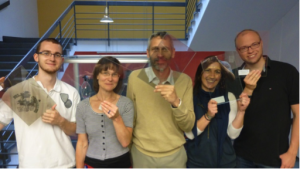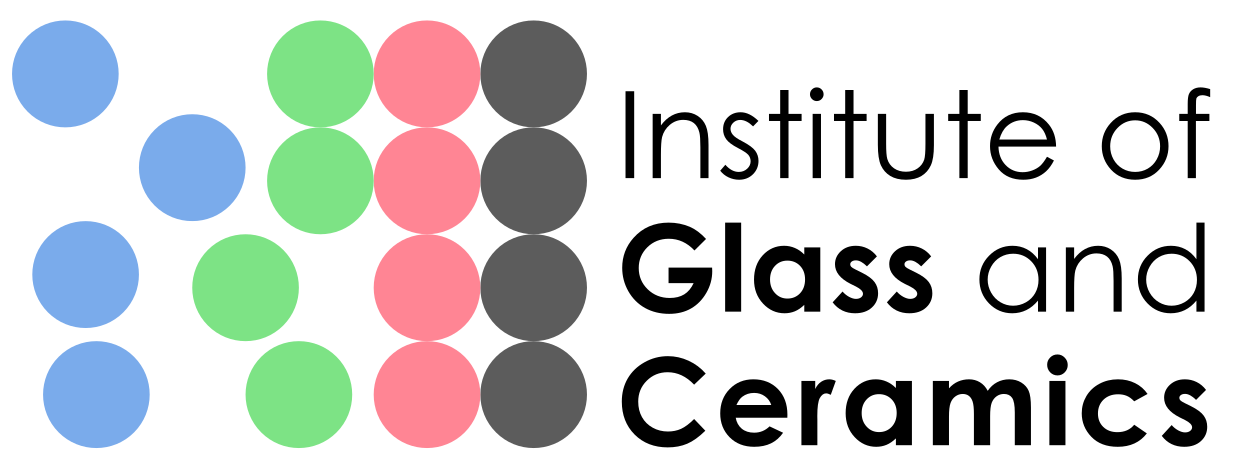Glass
Due to their ease to process and their exceptional optical properties, glasses have seen their use exploded in the 20th century. They are now everywhere from buildings to optical fibers. Nowadays improvements are still necessary to extend their abilities on light management, clean energy production (photovoltaic) or screen displays. Their use unfortunately is often limited by their brittleness. Then our groups focus its work to a better understanding of light matter interaction as well as their response to external stress. Since the disordered nature of the glass structure have until now prevented the discovery of a good “theory of glass”, our group for all the different subjects presented below try to conceal an applied approach with a more theoretical one.
Optical functionalization of the glass using transition metals to rare earth element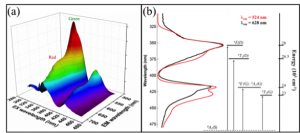
Light management is associated with possible change of energy of the photon. Here are presented result obtained on Mn doped glass where under UV excitation the glass in its bulk can produce Green and Red emission.
The luminescence of elements is function of its local environment. They can then become local structural probes.
Laser glass interaction toward new functionalization of surfaces and bulk: glass surface texturing.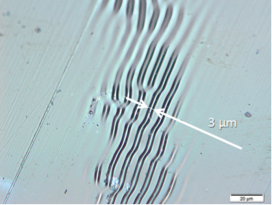
Photon coupling throw a glass protection window is lowered by reflection. Simple surface texturing by laser local reheating as presented here allow improved transmission.
Laser glass interaction is a complex phenomenon that could be partially understood in term of shockwave interaction implying both high temperature and high pressure processes
Glass under extreme conditions
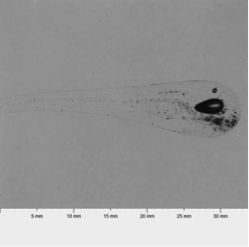
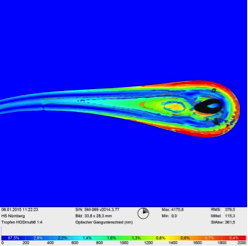
In some condition strength of the glass can be highly enhanced by internal stress (toughened glass). Prince Ruppert’s drop offer an extrem term of that well known phenomenon. Here are pictures of the drop in normal light and under polarized analyzed monochromatic light. It was demonstrated that the drop could sustain a different of pressure close to 2GPa.
Under compressive stress or tensile stress many glass show anomalous behavior which can be related to the topological organization of the atoms and bonds
Instrumentation development applied to the studies of glass relaxation and glass crystallization.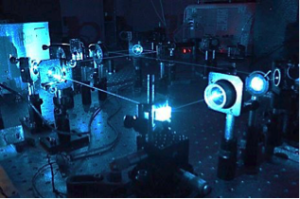
The disordered structure of glass imposes the development of specific instrumentation as vibrational spectroscopy. A new setup coupling Raman and Brillouin spectroscopies as well as a calorimeter allow new and unique prospective ways.
Here both the structure of the glass, its thermodynamical properties and its elastic behavior can be observed at once.
